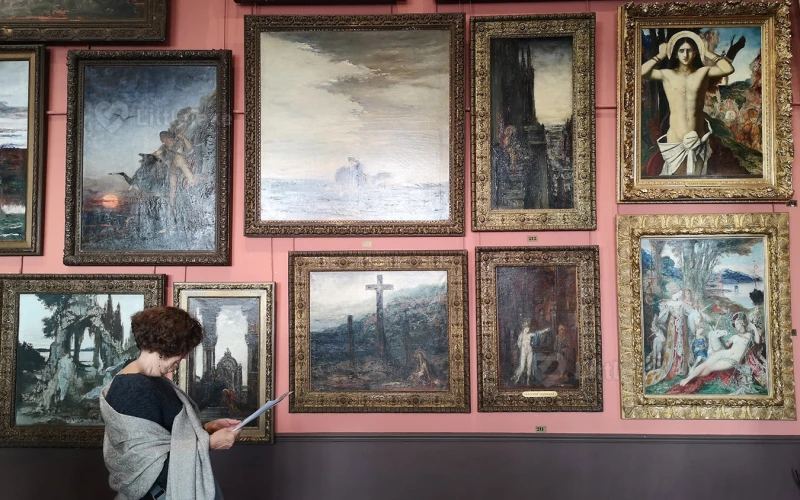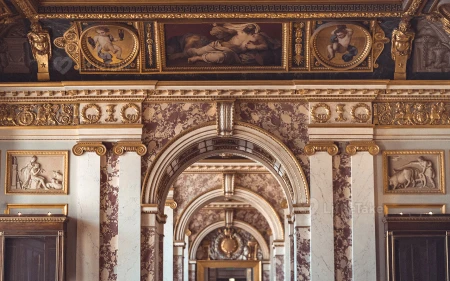
The Significance of Abstract Art
Abstract art, a departure from traditional representation, emphasizes the power of colors, shapes, and forms to convey emotions and ideas.
1. A Break from Tradition
Abstract art emerged in the early 20th century as a response to the limitations of realism. Artists sought new ways to express their inner worlds and emotions, leading to a radical break from conventional subject matter.
2. Emotional Impact
By focusing on colors, shapes, and textures, abstract artists evoke emotional responses that transcend literal interpretation. For example, Mark Rothko's color field paintings are known for their ability to evoke deep emotions through large expanses of color.
3. Personal Interpretation
Abstract art invites viewers to engage their imagination and interpret the work according to their own experiences and emotions. This open-ended approach allows for a more personal connection with the art, as opposed to objective representation.
4. Visual Language
Abstract art communicates through a unique visual language that transcends cultural and linguistic barriers. This universal appeal enables artists to reach a wider audience and foster greater understanding across diverse backgrounds.
5. Freedom of Expression
Abstract art offers artists the freedom to experiment with form, color, and composition, unencumbered by traditional constraints. This liberation has led to diverse styles and movements, such as Abstract Expressionism, Minimalism, and Op Art.
6. Spiritual Connection
For some artists, abstract art serves as a vehicle for spiritual exploration. Wassily Kandinsky, often credited as the pioneer of abstract painting, believed that art should be a visual representation of the artist's inner spirituality.
7. Influence on Design and Architecture
Abstract art has had a significant impact on the fields of design and architecture, inspiring modernist movements that prioritize form, function, and simplicity. The Bauhaus school, for example, integrated abstract principles into their teachings, shaping the development of modern design.
In conclusion, abstract art has been a transformative force in the world of art, challenging traditional norms and offering a platform for artists to experiment and express themselves freely. Its significance lies in its ability to evoke emotions, encourage personal interpretation, and transcend cultural boundaries, making it a truly universal form of artistic expression.


















